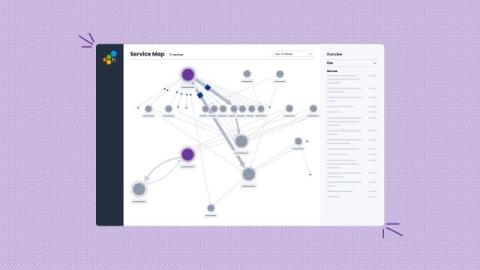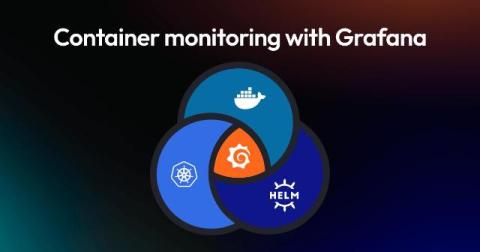When SSL Issues aren't just about SSL: A deep dive into the TIBCO Mashery outage
On October 1, 2024, TIBCO Mashery, an enterprise API management platform leveraged by some of the world’s most recognizable brands, experienced a significant outage. At around 7:10 AM ET, users began encountering SSL connection errors that appeared straightforward at first glance.











